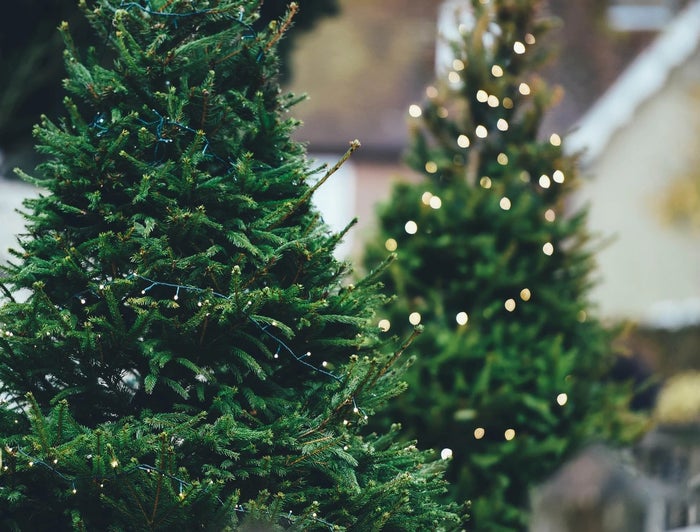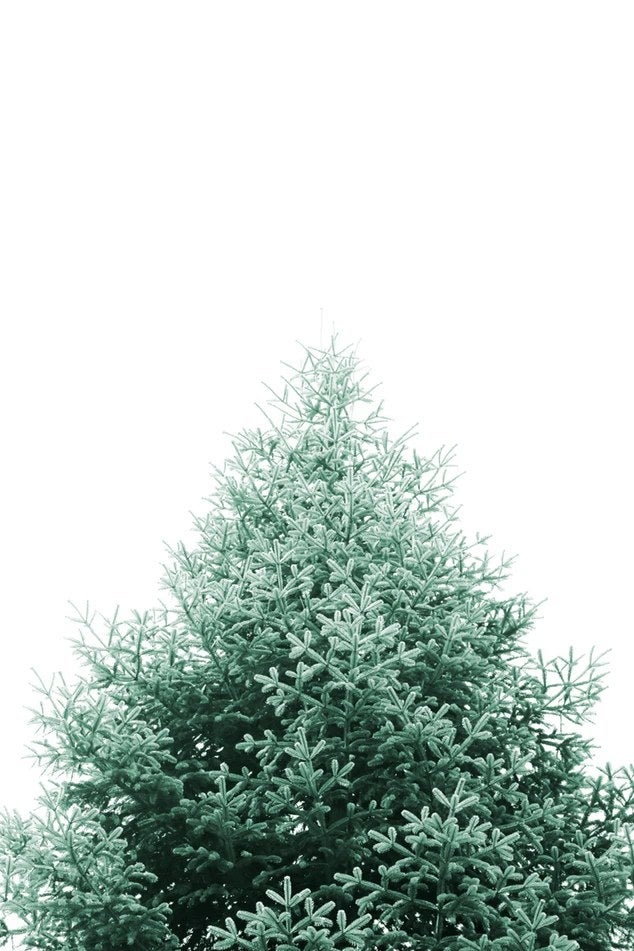How Sustainable or Eco-Friendly Is Your Christmas Tree?
Whether you go for a real or a fake tree, there are some surprising environmental impacts of ole' Tannenbaum.

Published

How To Stay Warm This Winter: Eco-Friendly Heating 101
These eco-friendly heating tips and recommendations will help you survive the winter season—and stay cozy!

6 Sustainable Fashion Brands That the Men in Your Life Will Love
Calling all men and gift-givers! We know that finding sustainable fashion items for men can be harder than it should sometimes, so we're here to help.

7 Affordable Eco-Friendly Ankle Boots
In need of some new ankle boots? We have you covered with these sustainable options.










